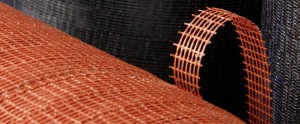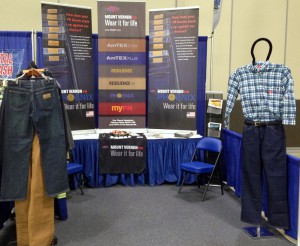Medical Textiles
- Medical textiles and bio-materials for healthcare
- Bio-polymers and Bio-technology
- Technologies involved in textile biotechnology
- Smart textiles and bio-materials containing enzymes or enzyme substrates
- Enzymatic treatment versus conventional chemical processing of fibres
Technical Textiles
- New materials for fibres and extrusion (Functional fibres)
- Geotextiles, civil engineering, building and construction
- Sports and leisure
- Electrospinning and Nanotechnology in technical textiles
- Filtration, packaging and other related field textiles
- Automotive and other transportation media
Smart and Interactive Textiles
- Intelligent textiles and clothing
- Wearable electronics and photonics
- Formation of electrical circuits in textile structures
- Conductive textile materials
- Clothing bio-sensory engineering including piezoelectric smart materials
- Solar textiles: production and distribution of electricity coming from solar radiation
- Engineering textile and clothing aesthetics using shape changing materials
- Shape memory polymer films for breathable textiles
- Development of shape memory alloy fabrics for composite structures
- Textile micro system technology
This article comes from technical-textile edit released


